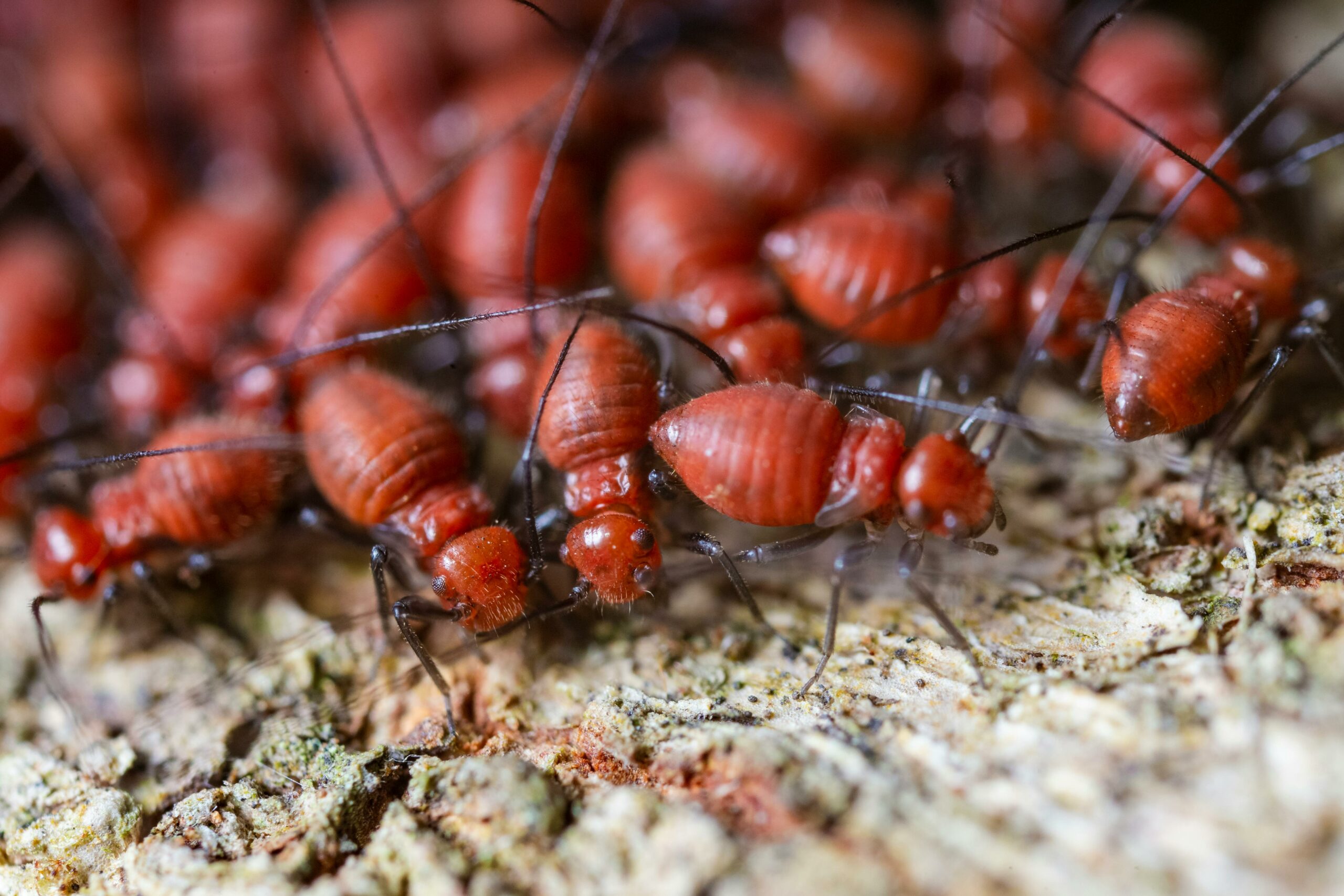Termite Troubles: Three tips for preventing infestations

MACOMB, Ill. — Finding interesting insects is fun. At least for me.
I enjoy observing the intricacies of most insects. However, there are a few creepy crawlies I do not want to see, especially in my house. What insect has been on my “Most Un-Wanted” list? Termites.
When we bought our house a few years ago, we were told there was termite damage; but the termites had been eliminated. My wife and I decided we could deal with a little termite damage and moved into our new house. Well, it was a bit more than “a little” damage. Pretty much every portion of the house, except the roof, had seen some form of termite damage. It has been a slow process of removing 2x4s that are more tunnels than wood, but we are back to solid walls again.
Fortunately, the termites have not made a reappearance, but I am constantly scouting. Checking and rechecking along the basement walls and piping coming out of the foundation where the termites previously made their way into our house.
But what can we do to keep termites out of the house? There are insecticide options, which will vary based on the company. I recommend reaching out to a few different exterminators to get separate quotes. Verify information using university-based websites. In addition to chemicals, there are options homeowners can take to actively prevent termites from accessing a home. The following are some anti-termite tips.
- Caulk and seal cracks in the foundation. As I mentioned, termites gained access to our house via plumbing pipes. In two locations of our foundation, drainpipes had developed a small gap between the PVC pipe and the concrete. The termites constructed their mud tubes along this gap into the walls of our home. Termites need constant moisture, so dark, wet areas will be ideal for their route into your home. Cracks in foundation walls are another common entry point and may extend from the top to the bottom of a foundation. For homes with a basement that may be ten feet or more down and would require a lot of digging to seal! I recommend contacting a foundation repair company.
- Maintain a bare area around your home’s foundation. Retired Illinois Extension entomologist Phil Nixon would often suggest a 12 to 18-inch bare dirt area surrounding the foundation is the best defense against most insects looking at your house for shelter, including termites. This is where having a deeper overhang or eave is useful as it diverts rainfall away from the base of the foundation minimizing rain splash and keeping that area dry. Additionally, having exposed concrete where the foundation meets the soil also helps to monitor termite activity. Remember termites need moisture and will build mud tubes to travel and create a microenvironment with high humidity. Scout along the exposed concrete of your foundation wall for termite mud tubes.
- Watch for termite swarms. Yes, the everyday subterranean termite in Illinois needs higher humidity and will avoid exposure to open air at all costs. However, large colonies will often produce winged termites that can fly and create new colonies elsewhere. While this is common to see in the spring, termite swarms can happen during most warm months of the year in Illinois. Ants will also produce winged ants and swarm, creating confusion for homeowners who think they have found termites. It is important to properly identify whether you have swarming ants or swarming termites. Reach out to your local Extension for help. Often a physical specimen is needed to observe with a hand lens or microscope.
While these three tips are not a guarantee for a termite-free house, they are all useful steps in your larger termite defense. As someone who has had to deal with the effects of termites, the most important thing we can do is to routinely scout for termite signs inside and outside our home.
Miss Clipping Out Stories to Save for Later?
Click the Purchase Story button below to order a print of this story. We will print it for you on matte photo paper to keep forever.

